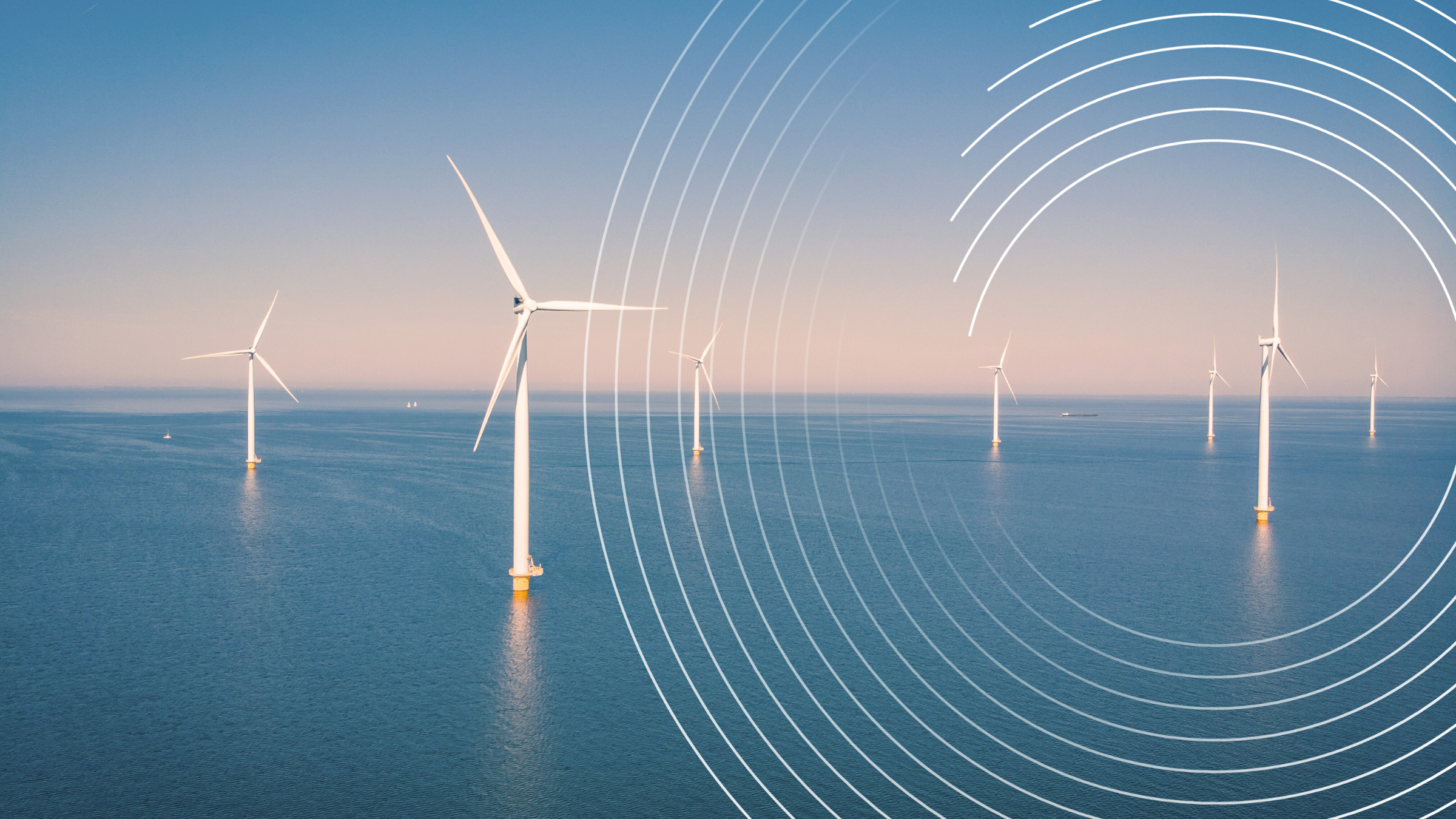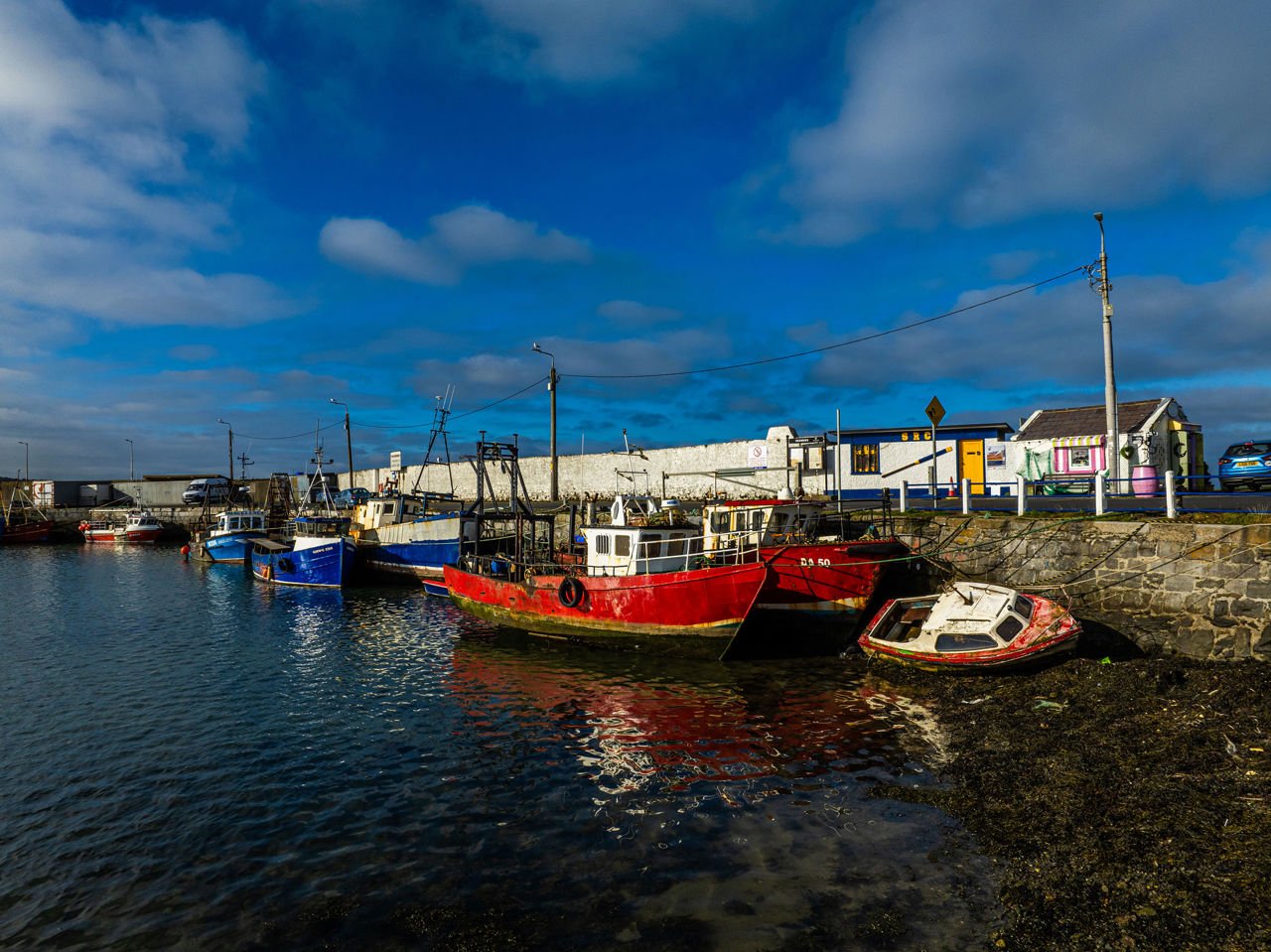
News

NISA Offshore Wind Farm
The North Irish Sea Array (NISA) is an offshore wind energy project with the potential to power up to 500,000 Irish homes with clean renewable energy.
Proposed off the coast of Dublin, Meath and Louth the project has the opportunity to deliver a secure energy future for Ireland, reduce our carbon emissions and support transformational change for communities.

Working With Local Communities
The NISA team has been working with communities since 2021, sharing project updates as the design evolved and ensuring we captured views and feedback.
Engagement is not simply about providing information. We want the community to engage proactively with us too.
NISA is a project that is ultimately about delivering for people and the future and we believe that everyone should have an opportunity to have an input into how the project is delivered.
Project At A Glance
-

Current layout to include a maximum of 49 turbines
-

Will displace approximately half a million tonnes of CO2 per annum
-

Community Benefit Fund of approximately €4 million per annum
About The NISA Team
NISA is being delivered by a joint venture between Statkraft and Copenhagen Infrastructure Partners.
The team combines strong development expertise with global experience in delivering projects of this scale.